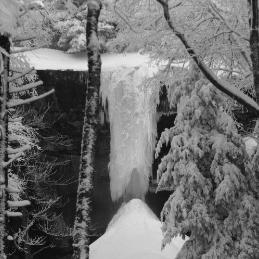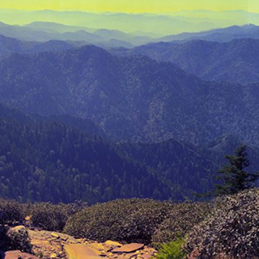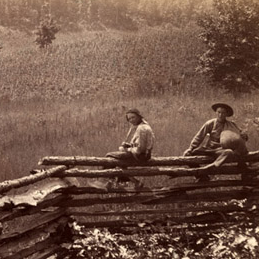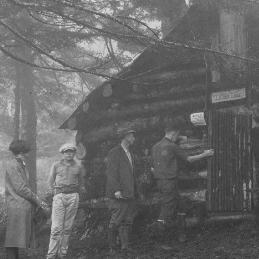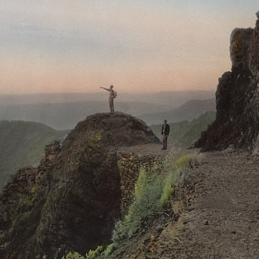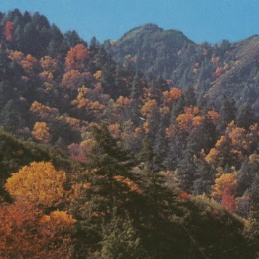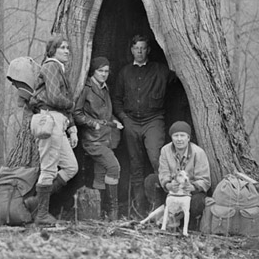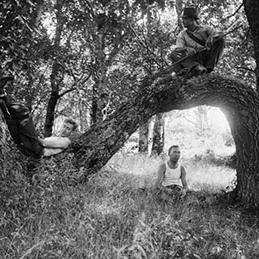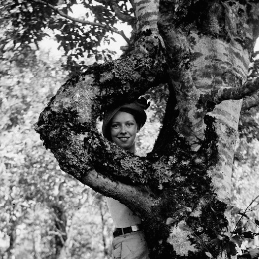Browse
Status of the Balsam Woolly Aphid in North Carolina and Tennessee - 1964. Asheville, N.C.: U.S. Forest Service, 1965.
The Status of the Balsam Woolly Aphid in North Carolina and Tennessee. Asheville, NC: U.S. Forest Service, 1963.
Status of the Balsam Woolly Aphid in the Southern Appalachians-1970. Asheville, NC: U.S. Forest Service, 1971.
Voorheis Estate (Currently Known as Twin Creeks Natural Resource Center) Cultural Landscape Report. Gatlinburg, Tennessee: Great Smoky Mountains National Park, 2001.
An Analysis of Anglo-American--Cherokee Culture Contact During the Federal Period, the Hiwassee Tract, Eastern Tennessee. Knoxville, TN: University of Tennessee, 1982.
A Baseline Survey of Aquatic Macroinvertebrate Communities at Seven Sites in the Abrams Creek System, Great Smoky Mountains National Park, Blount County, Tennessee. Knoxville, TN: University of Tennessee, 1998.
The Cherokee Ball Game : A Study in Southeastern Ethnology. Philadelphia, PA: University of Pennsylvannia, 1962.
Comparisons of Arthropod and Avian Communities in Insecticide-Treated and Untreated Hemlock Stands in Great Smoky Mountains National Park In Biology, Edited by Laura E. DeWald. Cullohwee, NC: Western Carolina University, 2009.
Defining Places: Literary Nonfiction and the National Park Movement, 1864-Present In English Language and Literature. College Park: University of Maryland, 2014.
Effects of Fire Management Practices on the Amphibians and Reptiles of Great Smoky Mountains National Park. Vol. Master of Science. Athens, Georgia: University of Georgia, 2014.
Effects of Trail-Induced Sediment Loads on Great Smoky Mountains National Park High Gradient Trout Streams. Cookeville, TN: Tennessee Technological University, 1993.
An Evaluation of Control Techniques for the European Wild Hog (Sus scrofa) in the Great Smoky Mountains National Park of Tennessee. Knoxville, TN: University of Tennessee, 1972.
Fire History from Dendrochronological Analyses at Two Sites Near Cades Cove, Great Smoky Mountains National Park, U.S.A. In Geography. Vol. Master of Science. Knoxville, TN: University of Tennessee, 2010.
Fire Regimes of the Southern Appalachian Mountains: Temporal and Spatial Variability and Implications for Vegetation Dynamics. College Station, TX: Texas A&M University, 2012.
Gene Flow Between Geographically-Isolated Populations of the Redback Vole (Clethrionomys Gapperi) in the Southern Appalachians: A Coalescence-Based Study. Winston-Salem, NC: Wake Forest University, 1998.
Health Insurance Status of Selected Rural Families in Sevier County, Tennessee. Knoxville, TN: University of Tennessee, 1964.
A History of the Cherokee Indians of the Tennessee Region from 1783 to 1794. Knoxville, TN: University of Tennessee, 1925.
A History of the Smoky Mountain Railroad In History. Vol. Master of Arts. Knoxville, TN: University of Tennessee, 1969.
The Legal Status of the Eastern Band of Cherokee Indians. Vol. M.A. Western Carolina University, 1981.
Modeling the Effects of Acid Deposition and Natural Organic Acids on Surface Waters. Syracuse, NY: Syracuse University, 2016.
Nesting Success and Seasonal Fecunity of the Wood Thrush, Hylocichla mustelina, in Great Smoky Mountains National Park. North Carolina: University of North Carolina, 1998.
A NEW GENUS AND SPECIES OF ENTEROBACTERIACEAE ISOLATED FROM KEPHART PRONG, GREAT SMOKY MOUNTAINS NATIONAL PARK In Department of Biology. Vol. Master of Science in Biology. Western Carolina University, 2017.
Pigeon Forge Pedestrian Study In Architecture. Vol. Master of Science. Knoxville, TN: University of Tennessee , 1999.
Reconstructing the Folk Zoological World of Past Cultures: The Animal Semantic Domain of the Protohistoric Cherokee Indians. Gainesville, FL: University of Florida, 1988.






